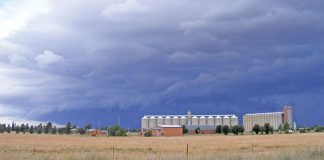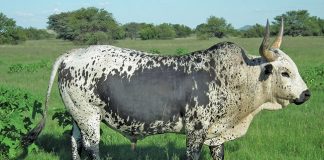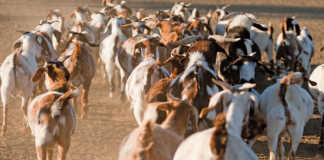
The Intergovernmental Panel on Climate Change (IPCC) recently released a report that provides a detailed look at the effect of climate change on sustainable land management and food security.
It concludes that a substantial transformation in the way we use land is needed to limit climate change.
The report has been misinterpreted by some media sources, which claim that the panel has asked for people to change from animal- to plant-based foods.
The IPCC does not promote a plant-based diet at all. In fact, there are no dietary recommendations in the report.
The panel’s report reviewed in detail current scientific literature for land use
and the role of plant-based and animal-sourced foods. The report addresses various factors that may influence climate. Food production is one of these, but not the major one.
“Animal-sourced food produced in resilient, sustainable and low-GHG emission systems presents major opportunities for adaptation and mitigation while generating significant co-benefits in terms of human health,” the report states.
Reduction of greenhouse gas emissions possible
Depending on the farming system, reducing the emission intensity of livestock products could lead to absolute reductions in greenhouse gas (GHG) emissions, the IPCC states. It thus recognises the potential of livestock to mitigate climate change.
The report also emphasises the importance of sustainable resource use. The rate of land degradation, deforestation and pollution of water resources will have to slow down if we want to meet climate change mitigation targets.
However, this will not happen without everyone doing his or her part to limit GHG emissions, further pollution of the earth, and over-consumption.
I realise that the following facts are a repeat of what I have mentioned in several
of my previous articles. However, those who have the interest of South African
agriculture at heart need to ensure that the correct message about livestock gets out to the mainstream media:
- Livestock uses feed inedible to humans to produce nutritional food for humans. This feed consists of natural and planted pastures. It also includes by-products from the grain milling and food processing industries that are inedible and will, if not used as animal feed, end up in landfill sites. A recent study by the Food and Agriculture Organisation of the United Nations (FAO) shows that livestock use 0,6kg of human-edible protein to produce 1kg of higher-value protein for human use. Only about 5% of the feed used for ruminants is also edible by humans.
- Ruminants do produce methane gas, a GHG with a higher heat potential than carbon dioxide. However, the atmosphere breaks down methane within a period of 10 years, compared with 100 years or more in the case of carbon dioxide.
- The livestock industry has already succeeded in limiting GHG emissions. An FAO report shows that the dairy sector has achieved a 11% decrease in GHG emissions from milk production.
Promotion of plant-based diets by food processors
Why did the media misrepresent the report? Today, it is easy for a journalist to find articles on the Internet that echo his or her own personal beliefs.
One should also not discount the role played by global food processing companies interested in promoting plant-based diets that feature their products.
In South Africa, we have a large group of brilliant and objective agricultural journalists. Unfortunately, they write mainly for the agricultural press and their stories rarely reach the consumer media.











